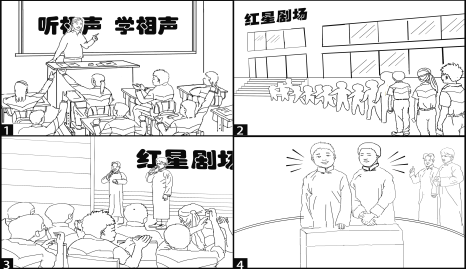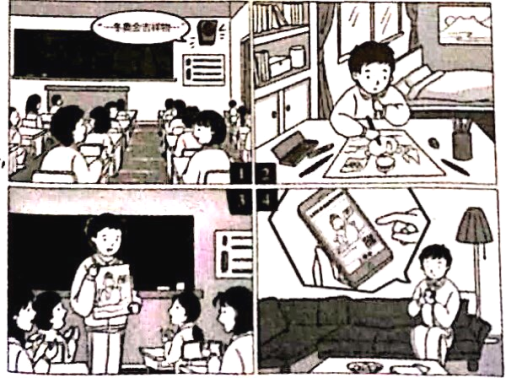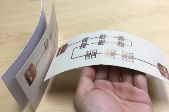0 148363 148371 148377 148381 148387 148389 148393 148399 148401 148407 148413 148417 148419 148423 148429 148431 148437 148441 148443 148447 148449 148453 148455 148457 148458 148459 148461 148462 148463 148465 148467 148471 148473 148477 148479 148483 148489 148491 148497 148501 148503 148507 148513 148519 148521 148527 148531 148533 148539 148543 148549 148557 151629





